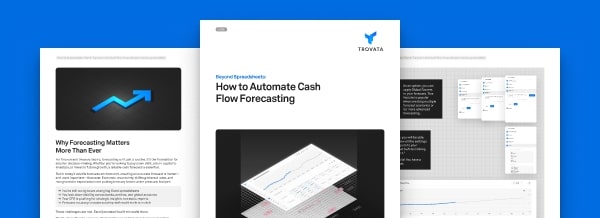Resource Library
Cash Forecasting Resources
Access practical guides to modern your cash forecasting strategy, improve accuracy, & enhance liquidity management.
Discover resources organized by topic and expertise area.
Topics to Explore
Newsletter
Industry-leading cash management resources. Directly to your inbox.
Treasury and finance professionals are taking advantage of our monthly newsletter that is full of resources to guide your cash management strategy and operations.












